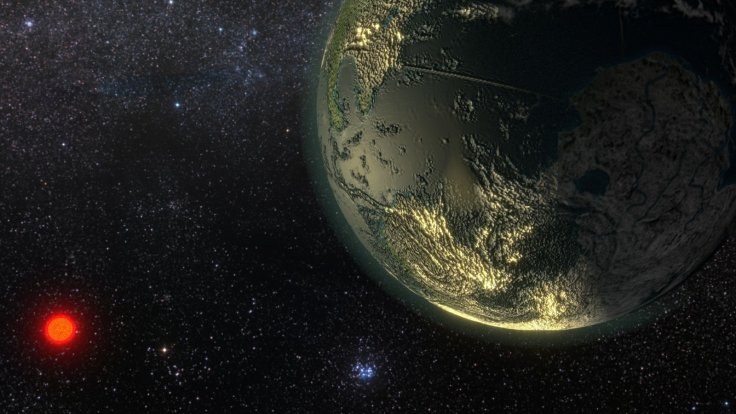
It was in June 2012 that astronomers discovered WASP-79b, an exoplanet that is located almost 810 light-years away from the earth. The giant alien planet lies extremely close to its host star, thus completing one orbit every 3.7 earth days. NASA has revealed that the temperature on this exoplanet reaches a scorching 1,650 degrees Celsius.
Wider than Jupiter
A study conducted by astronomers revealed that WASP-79b is one of the most gigantic alien worlds ever observed by scientists. Even though the exoplanet is just 85 per cent as massive as Jupiter, it is 1.7 times wider than the biggest planet in the solar system.
WASP-79b is ideally locked, which means one side of the space body is always faced at the host star. Researchers also revealed that the exoplanet's sky has a yellow hue, and there might be molten iron raining down the space body.
It is Rayleigh scattering that explains why the color of the earth's sky is blue. However, researchers are not clear why the phenomenon is not occurring on WASP-79b.
"This is a strong indication of an unknown atmospheric process that we're just not accounting for in our physical models. I've shown the WASP-79b spectrum to a number of colleagues, and their consensus is 'that's weird. Because this is the first time we've seen this, we're really not sure what the cause is. We need to keep an eye out for other planets like this because it could be indicative of unknown atmospheric processes that we don't currently understand. Because we only have one planet as an example, we don't know if it's an atmospheric phenomenon linked to the evolution of the planet," said Kristin Showalter Sotzen, a graduate student in the Department of Earth and Planetary Sciences at the Johns Hopkins University Applied Physics Laboratory and the lead author of the study in a recent statement.
WASP-79b: NASA hot target
The exotic features of WASP-79b have perplexed space experts, and they will be soon trying to learn more about the exoplanet in the coming months. Hubble has also spotted signs of water vapor on the exoplanet, making it a hot target for space agencies like NASA.
WASP-79b is not the only exoplanet where iron is raining. A few months back, scientists had discovered another exoplanet named WASP-76b which is orbiting a star in the Pisces constellation. On this planet too, researchers discovered the presence of iron vapor, indicating that molten iron could rain down the planet's surface when the atmosphere cools.









